“Tell me and I forget. Teach me and I remember. Involve me and I learn.” – Benjamin Franklin
Our district recently received the results from our second administration of the Humanex Student Engagement Survey. As is true of any comprehensive survey, we found a multitude of areas to celebrate as well as a multitude of areas to grow at Caruso Middle School. Some encouraging themes emerged in regards to how our newly implemented standards-based grading and reporting (SBGR) environment has impacted student learning and engagement. Specifically, CMS experienced statistically significant gains in specific areas of related to feedback, choice, and a focus on results.
Feedback
One cornerstone of an effective SBGR learning environment is a focus on formative feedback, as opposed to final/summative grades. Our students reported a significant increase in teachers returning assignments with useful comments to support improvement. This is a great trend to see as researchers have repeatedly shown that accurate, specific, and timely feedback is a key to effective grading. Specifically, Robert Marzano (2000) shared that “A single letter grade or a percentage score is not a good way to report student achievement in any subject area because it simply cannot present the level of detailed feedback necessary for effective learning.” We are shifting our focus on what makes feedback effective and our students are recognizing that progress.
Choice
Another important component of SBGR is choice; students should be given multiple opportunities to learn and show their learning in multiple ways. We saw significant gains in regards to students reporting they get to choose how they do their assignments and projects, how they get to show their learning on some tests, and in choosing the activities they work on during class. It is important that student choice is balanced appropriately as a 2008 meta-analysis (Patall, Cooper, & Robinson) found that intrinsic motivation increased along with overall performance when given choice. However, diminishing returns emerged when too many choices are given and the researchers recommended giving five or less options.
Focus on Results
Lastly, students reported strong gains under a “results focus” in regards to teachers showing students how to track their own progress. This is another critical component of effective learning and grading practices. Ken O’Connor (2011) shared in his 15th of 15 Fixes for Broken Grades to not “leave students out of the grading process. Involve students – they can – and should – play key roles in assessment and grading that promote achievement.” We want our students to be able to consistently understand how they are growing and achieving so they can help guide their own learning process.
As we continue to navigate our first year of our standards-based grading and reporting environment we know we still have much to learn and room for significant growth. It is also important to find our early moments of celebration and we have identified three in feedback, choice, and a focus on results.
Marzano, R. (2000). Transforming classroom grading. Alexandria, VA: Association for Supervision and Curriculum Development.
O’Connor, Ken (2011). A Repair Kit for Grading: 15 Fixes for Broken Grades, Second Edition, Pearson ATI, Boston, MA.
Patall, E., Cooper, H., & Robinson, J. C. (2008). The effects of choice on intrinsic motivation and related outcomes: A meta-analysis of research findings. Psychological Bulletin, 134(2), 270–300.

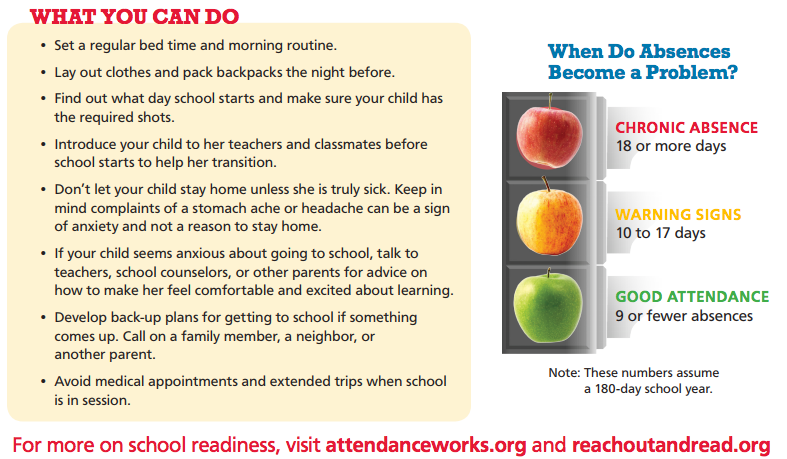


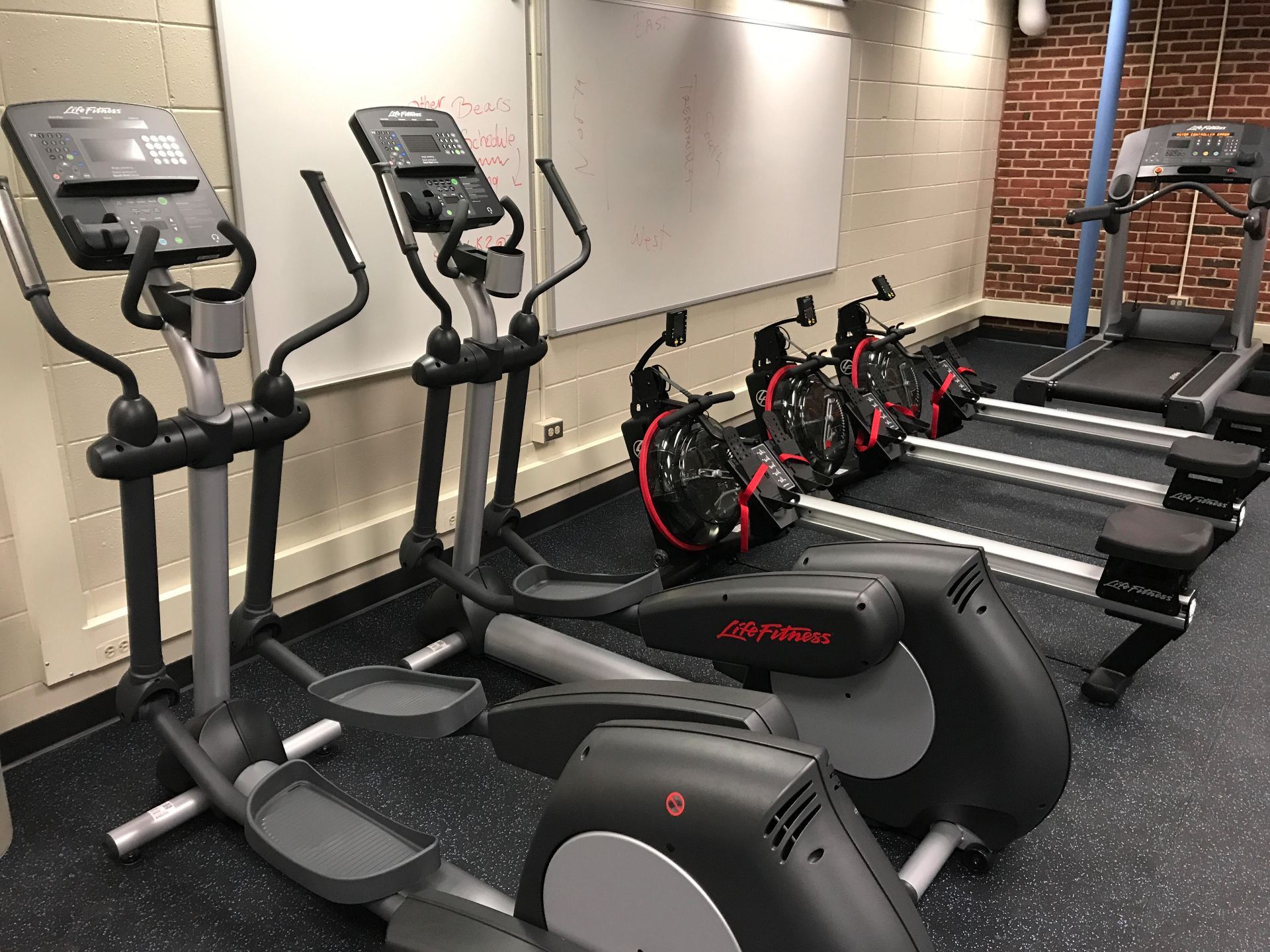



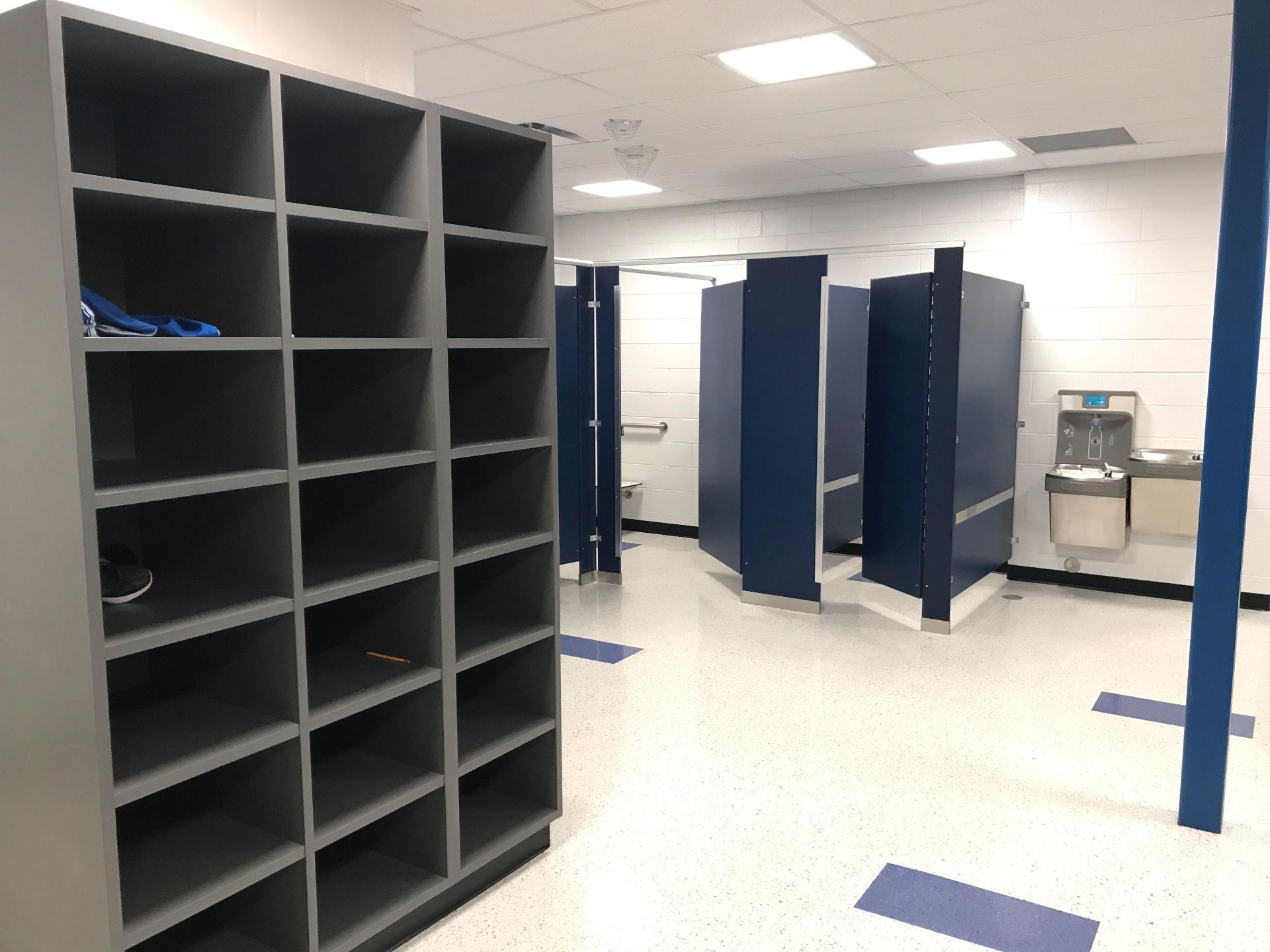
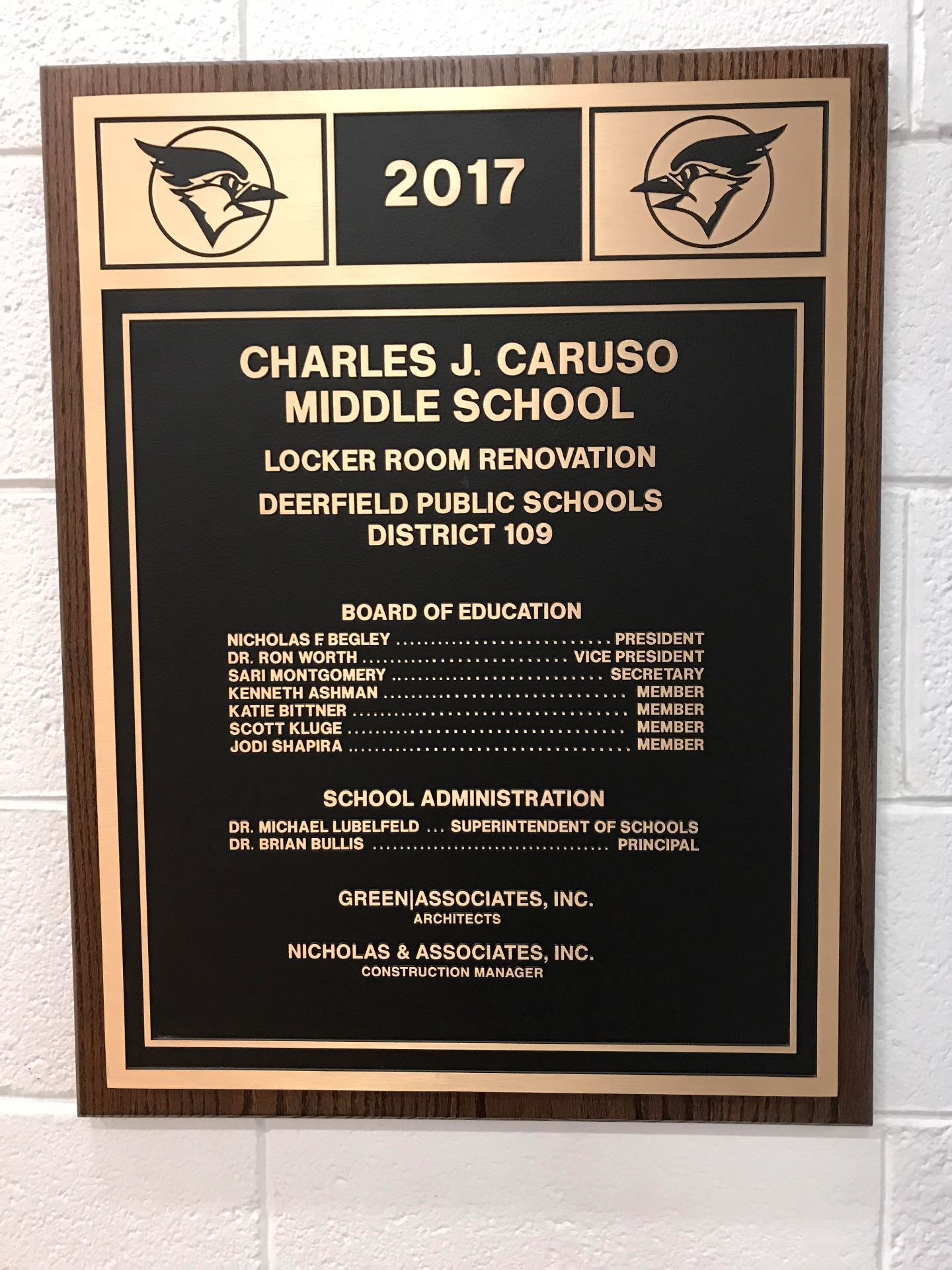
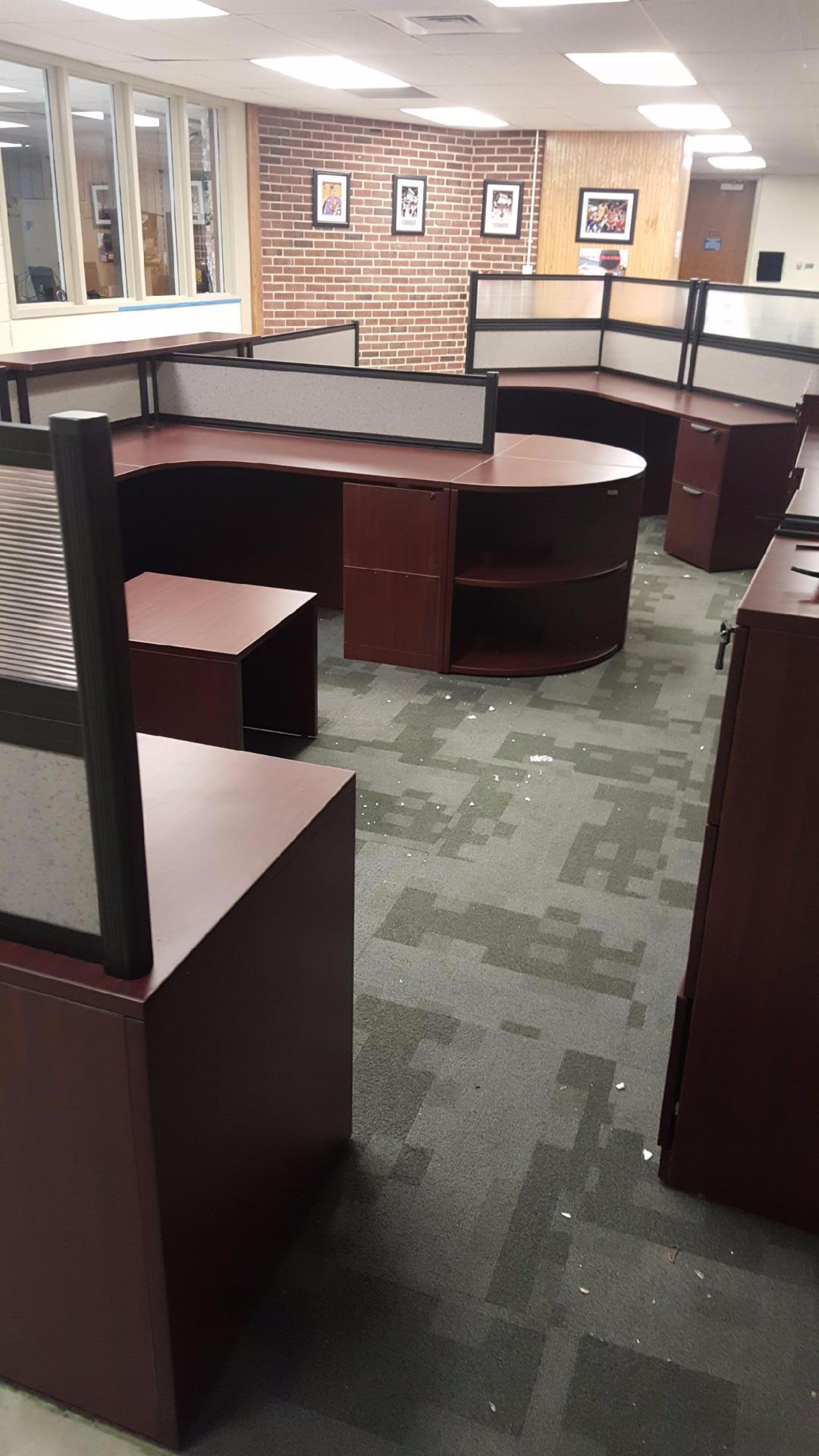

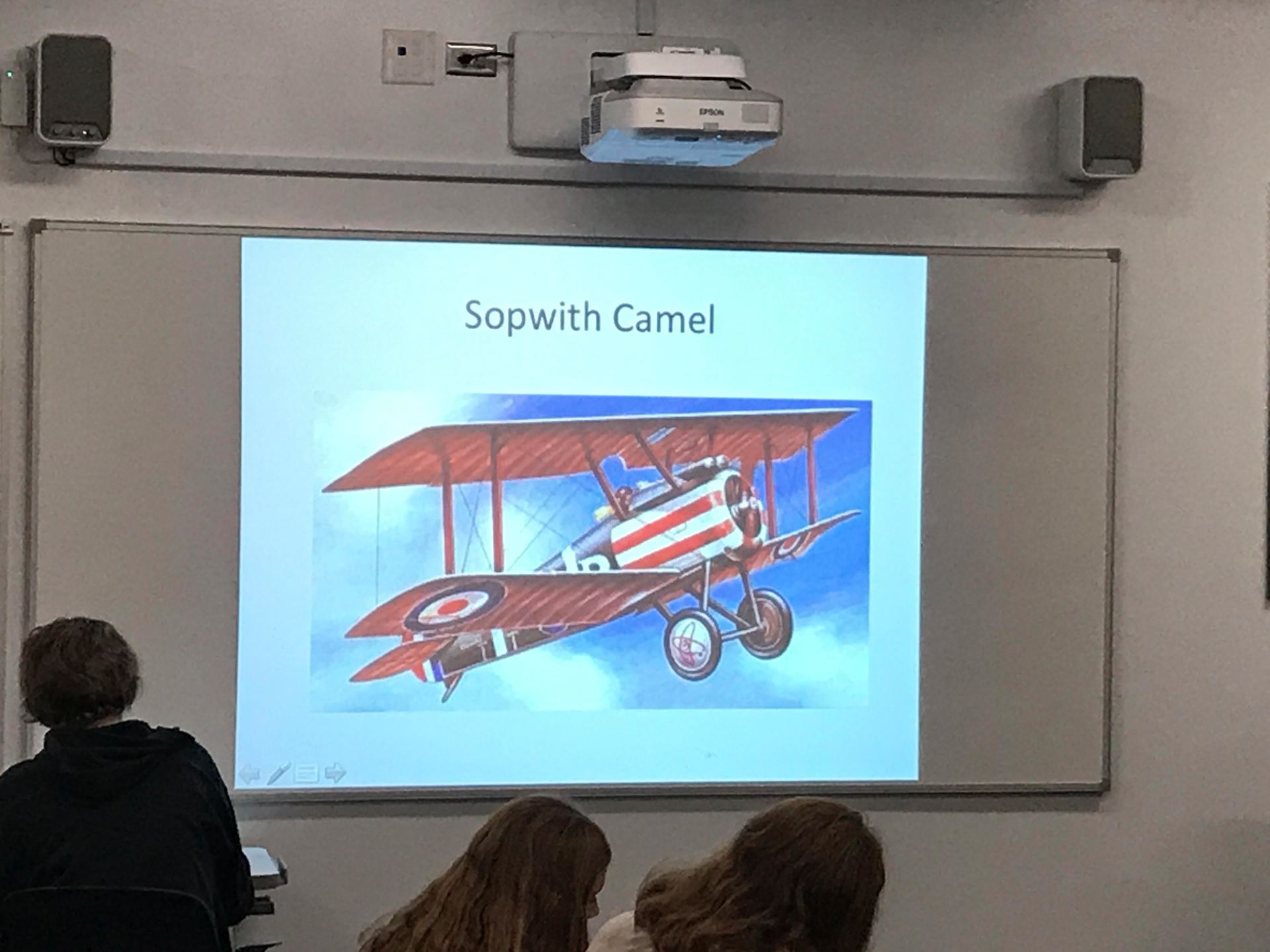

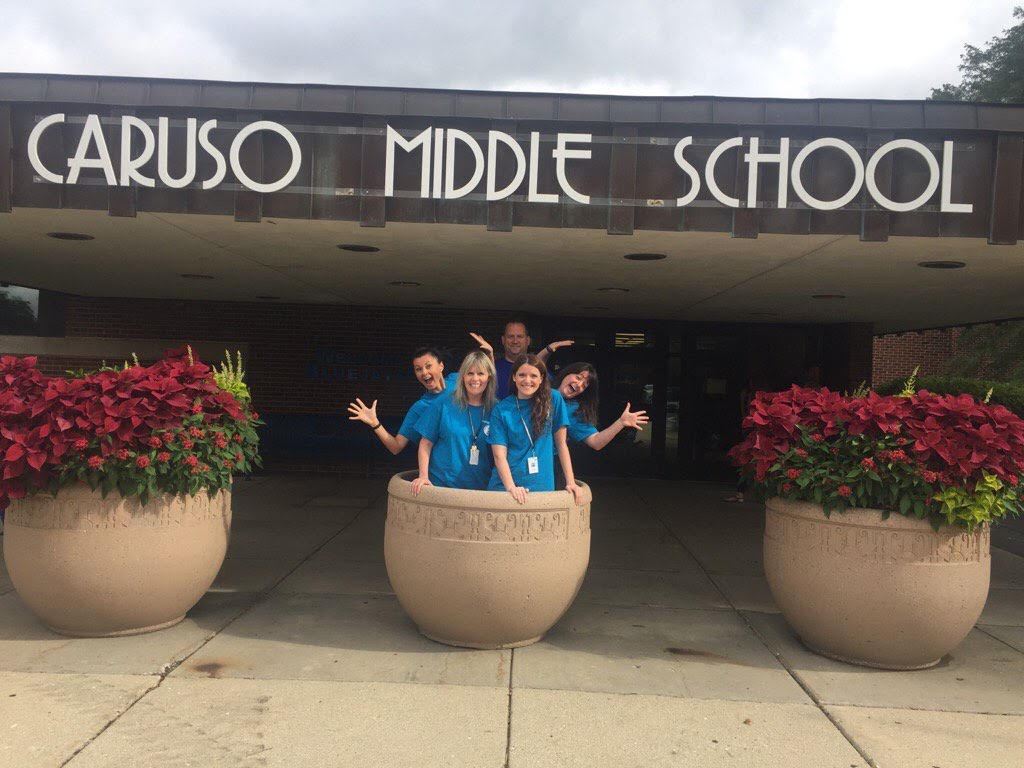









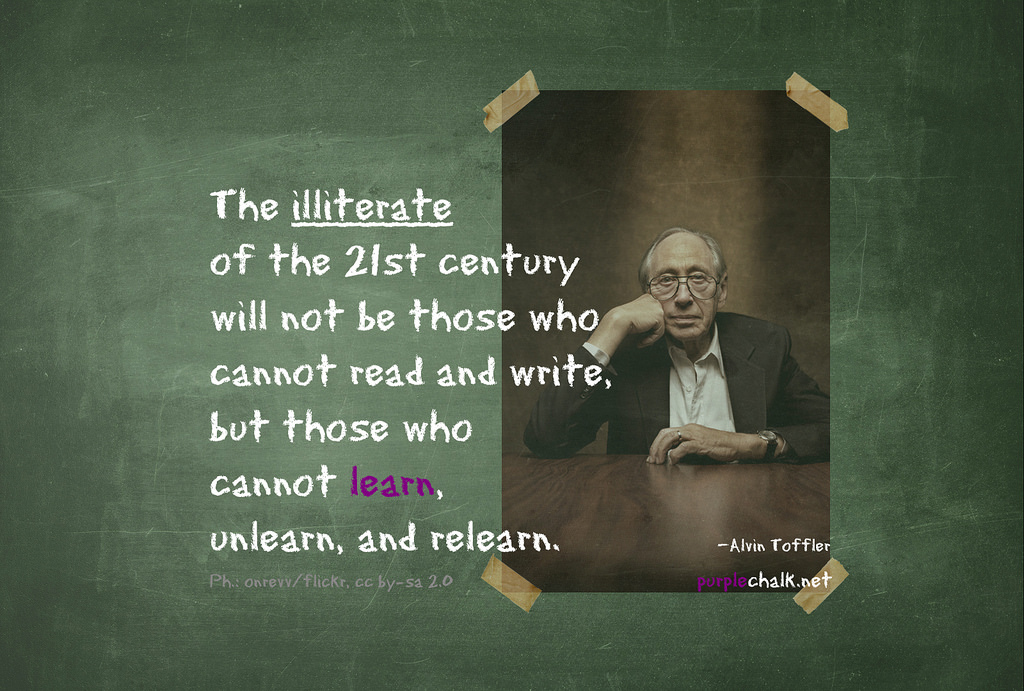




Recent Comments